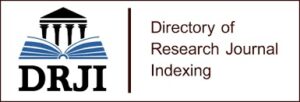Analysis of the Relationship between Intellectual Capital Components and Firm Value: An Application on Borsa İstanbul Health Industry
In this study, concept of intellectual capital, which is much more useful in providing competitive advantage to companies compared to classical production factors, its importance, characteristics, components and measurement were examined in theoretical framework and studies on intellectual capital published in national and international literature were examined. Intellectual capital components were measured by VAIC method. In the VAIC method, intellectual capital was analyzed on the basis of 3 sub-capital components. The efficiency coefficients of each capital sub-component were calculated and the effect of these efficiency coefficients on firm’s M/B ratio was analyzed using Panel Data analysis method. Hausman test was used to determine the econometric model to be established, and as a result of the test, it was deemed appropriate to use the random effects model. GLS regression analysis was used in the analysis, which produces robust estimates against varying variance and autocorrelation problems. In According to the results of analysis, a positive and significant effect of efficiency coefficients of all sub-components of intellectual capital on firm’s M/B ratio was determined. According to the findings, it can be said that the efficiency of intellectual capital investments of the companies is positive and it leads to a positive perception especially among the investors. The productivity in the sector has increased as a result of increase in the number and volume of innovation studies in the field of health, especially after Covid-19.
Keywords: Intellectual Capital, VAIC, Knowledge, Human Capital, Structural Capital



















